These typically colorful plant-based substances provide various health benefits that help protect you from disease
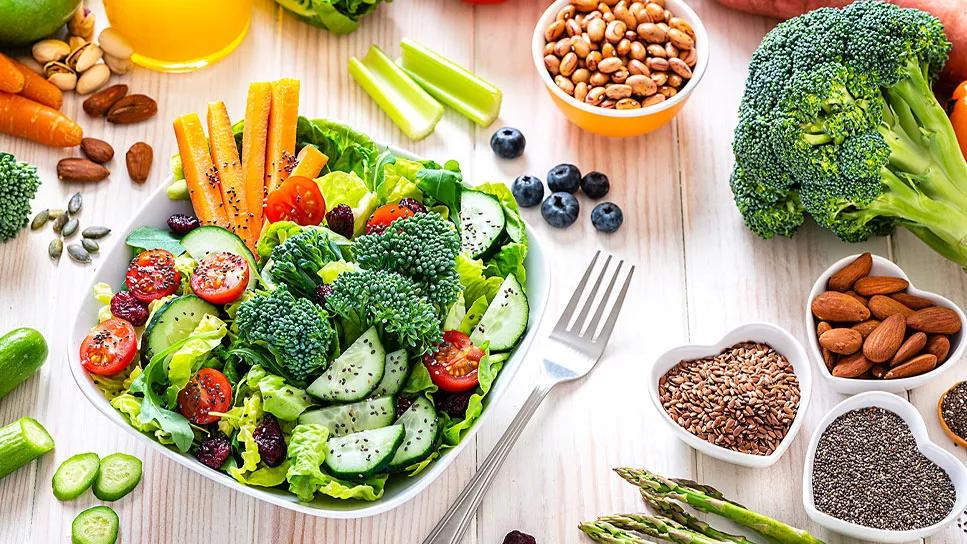
“Phytonutrient” is one of those words that sounds incredibly scientific and beyond the understanding of anyone who isn’t ... well, really good at science. But you don’t have to be a biologist, doctor or dietitian to understand how crucial phytonutrients are to your health.
Advertisement
Cleveland Clinic is a non-profit academic medical center. Advertising on our site helps support our mission. We do not endorse non-Cleveland Clinic products or services. Policy
Phytonutrients, sometimes called phytochemicals, are substances that occur naturally in plant-based foods like:
In their original form, phytonutrients help keep plants healthy and protect them from bugs, fungi and other environmental threats. But what do they do in your body? Glad you asked. Registered dietitian Amber Sommer, RD, LD, explains.
At the most basic level, phytonutrients help protect your body from disease.
“They’re substances that are produced by plants that provide our bodies with anti-inflammatory and immune-boosting benefits,” Sommer explains. “They also support cardiovascular health and cognitive function, and they can help protect against cancer.”
There are more than 10,000 types of phytonutrients, so we can only begin to skim the surface of what they are and what they do. But some common types include:
Importantly, you need a variety of phytonutrients to help your body stay healthy, which requires eating a variety of foods.
“If your diet is missing whole food groups, like fruits or vegetables, then you’ll end up missing out on key phytonutrients,” Sommer says.
Advertisement
There’s definitely some overlap between types of phytonutrients and what they do for you, which you’ll notice as you read about the benefits of each of them.
“Beta-carotene, for example, is known for its vision, skin and immune-boosting benefits,” Sommer explains, “but lutein is also good for vision, as well as for heart and cognitive function. It’s still important to get both through your diet.”
Let’s take a deeper look at some of the different kinds of phytonutrients, what they do and what foods have them.
Have you ever wondered what makes oranges so, well, orange? Or, for that matter, what makes watermelon pink, spinach green or pineapples yellow? That’s the work of carotenoids, which act as nature’s food coloring by lending pigments to brightly colored fruits and vegetables.
There are a few types of carotenoids.
These two carotenoids have similar functions, though beta-carotene is more common. They have anti-inflammatory benefits, and your body can convert them into vitamin A, making them good for eye health. Find them in orange foods like:
Your body turns this compound into vitamin A, and some studies suggest that a diet rich in beta-cryptoxanthin may help lower your risk of bladder, lung and colon cancer. Foods high in beta-cryptoxanthin include:
This reddish-pink pigment helps protect skin from sun damage. A review of 25 trials also found that high blood levels of lycopene reduced heart disease risk by 14%. Find lycopene in:
These “eye vitamins,” as they’re known, can help protect your eyes from conditions like cataracts and age-related macular degeneration. They also help your eyes filter out harmful blue light. Find them in leafy greens, like spinach, kale and collards.
If you haven’t heard of ellagic acid, that’s because there’s not as much definitive research on this phytonutrient as on others.
“Lab studies suggest that it might have antiviral and antibacterial properties and may play a role in cancer prevention, but there’s currently not enough evidence to say for certain,” Sommer shares.
This phytonutrient is found in raspberries, strawberries, pomegranates, walnuts and almonds — all foods that are healthy for a variety of reasons beyond the possible-but-unproven benefits of ellagic acid.
Flavonoids, which create the vibrant colors of many fruits, vegetables and flowers, are thought to promote brain and heart health and even help fight cancer.
Advertisement
“Flavonoids have been shown to relax the blood vessels and prevent blood clots, which helps reduce blood pressure,” Sommer says. “Flavonoid-rich foods are a staple of the Mediterranean diet, which is considered one of the best diets for heart health.”
Here’s a look at what they include:
Advertisement
Found almost exclusively in cruciferous vegetables, glucosinolates are a type of phytonutrient that has been linked to reduced risk of cancer. Studies suggest that they may lower the chances of breast, pancreatic, bladder, lung, prostate and colon cancer.
So, what are cruciferous vegetables, exactly? Many of your favorite leafy greens fall into this category, including arugula, broccoli, cauliflower, kale and all types of cabbage.
“Cruciferous vegetables are some of the most nutrient-rich of all vegetables, which makes them a really important aspect of your diet,” Sommer notes. “They also have fiber, vitamin C, vitamin K and folate.”
Phytoestrogens are a group of compounds that help mimic your body’s biological estrogen and may help manage hormonal levels. They’ve been linked to a lower risk of developing conditions like osteoporosis, heart disease and breast cancer. Research also shows that phytoestrogen-rich foods can help manage menopause symptoms.
“Because of their structure, phytoestrogens have estrogen-like effects in the body,” Sommer explains. “They’re tied to a lower risk of certain cancers and less bone loss in women, but there’s also some evidence saying that too much can have risks.”
Advertisement
Phytoestrogens include:
For the most part, you probably don’t know phytoestrogens by name, but you may have heard of the most common type of stilbene: Resveratrol, a powerful antioxidant that’s abundant in the skin of grapes (and thus, in red wine). It helps keep your DNA healthy by activating an enzyme called telomerase, which helps prevent cardiovascular heart problems and may even help you live longer.
Still, don’t buy into the red-wine-for-health myth. “You can get plenty of resveratrol in grapes themselves and in other natural foods,” Sommer clarifies. “You don’t need to get it from wine.”
Unlike vitamins or minerals, there’s no way to measure exactly how much of each phytonutrient you’re getting through the food you eat. Instead, the best way to be sure you get your fill of them is to eat the rainbow.
“There’s not one type of phytonutrient that’s better or worse than the other, so you really want to try to get a good variety of all of them,” Sommer advises. “When you eat a colorful variety of foods, you reap the benefits of their different nutrient profiles.”
Phytonutrients aren’t just safe; they’re essential to your health.
“If you’re not eating a good variety of foods, or if you’re avoiding an entire food group, you’re missing out on a lot of phytonutrients and you’re just not protecting your body as well as you should be,” Sommer states.
And whole foods are always the preferred way to get enough, as herbal supplements can bring health risks. Resveratrol supplements, for example, can lead to gastrointestinal issues, while beta-carotene supplements are associated with an increased risk of lung cancer in people who smoke.
You don’t have to worry about consuming too many phytonutrients in your diet.
“As long as you’re getting them through the food you eat, there is no upper limit or recommended daily amount of phytonutrients that we should have,” Sommer says.
Phytonutrients and antioxidants aren’t the same thing, though there’s good reason for the confusion.
“Phytonutrients have antioxidant effects, which means that they help fight unstable molecules known as free radicals,” Sommer explains. “Left to their own devices, free radicals can cause oxidative stress, or cell damage that is associated with a number of diseases and signs of aging. A diet rich in antioxidants can prevent oxidative stress.”
But not all antioxidants are phytonutrients. Vitamins and minerals, for example, are antioxidants but not phytonutrients — but they’re all good for you!
All of this may sound like information overload, but here’s the thing: In terms of your dietary needs, some of the nuances and details of phytonutrients don’t really matter.
What’s important (yep, so important that we’re saying it again!) is that you eat a variety of plant-based foods from all different categories.
“I can’t stress it enough: Eat the rainbow,” Sommer recommends. “All of these foods work together to keep your body healthy and balanced.”
Learn more about our editorial process.
Advertisement

Lettuce is a versatile vegetable loaded with antioxidants and good-for-you nutrients

When it comes to getting proper nutrition, your assigned sex can play a role — but there’s more to it than that

This unique-looking veggie is fiber-dense and antioxidant-rich, and can improve the health of your gut, liver and heart
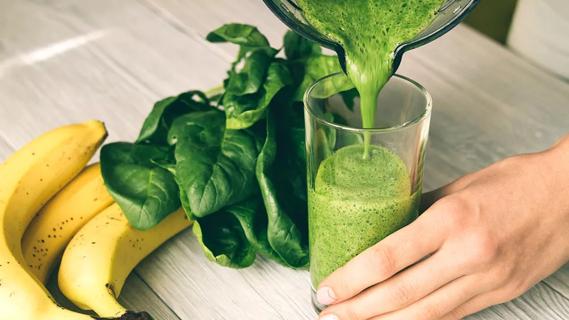
Vitamin-packed and antioxidant-rich, spinach can benefit your brain, eyes, blood and more
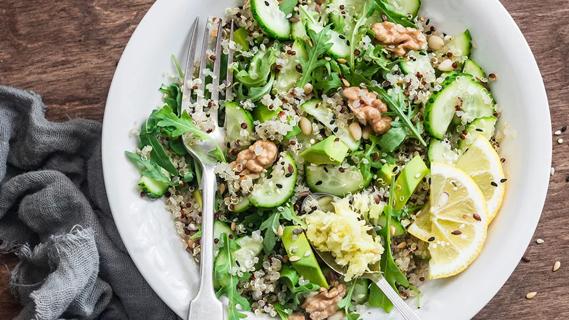
Ground flaxseed is full of heart-healthy omega-3s, antioxidants and fiber, and easy to add to just about any recipe
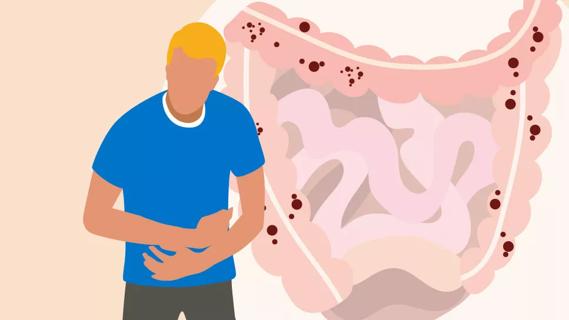
If you have IBD, there are roughly nine food types that might contribute to inflammation flare-ups
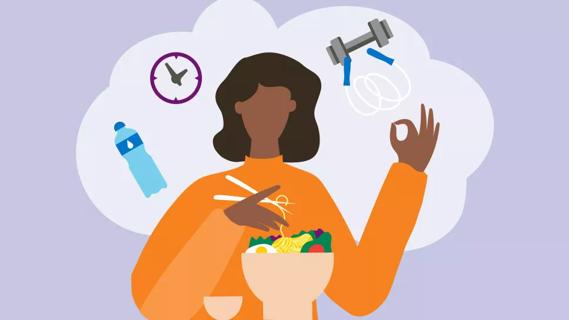
Actively choose healthy habits not only when it comes to food and nutrition, but also physical activity and your mental health
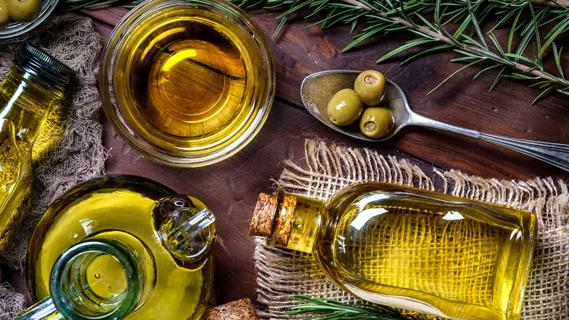
EVOO is full of antioxidants and has anti-inflammatory properties, both of which aid your body in multiple ways

Type 2 diabetes isn’t inevitable with these dietary changes

Applying a hot or cold compress can help with pain